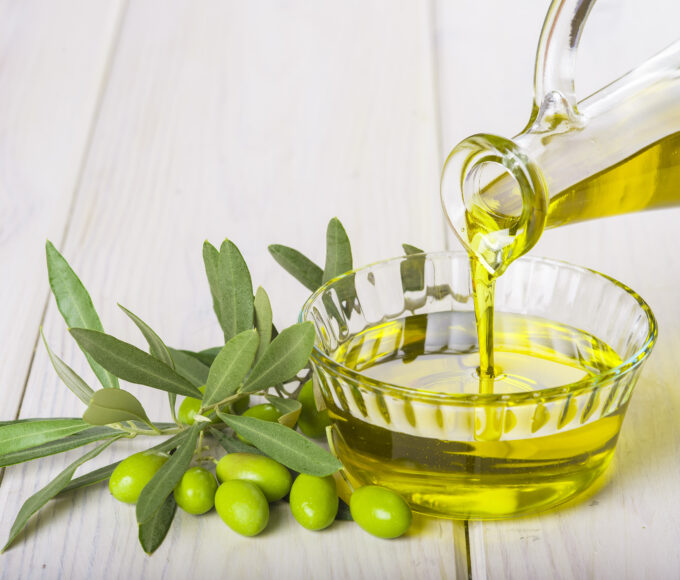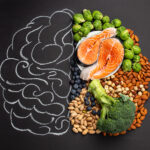Among macronutrients, glucose is the best-known molecule responsible for stimulating GLP-1 secretion. Fructose is also a potent GLP-1 stimulator.
There are also long-chain fatty acids or fats that can make the body produce more GLP-1. An example is olive oil, which is rich in unsaturated fatty acids. Scientists suggest it tends to increase GLP-1 more than butter (rich in saturated fatty acids).
There are many foods and substances that interact with your body’s cells in different ways to help release GLP-1. It then plays a role in digesting and using the energy from the food you eat.
Fiber-rich foods
Eating complex foods that contain a mix of nutrients is more effective in boosting GLP-1 secretion. You can consume high-fiber foods like vegetables, fruits, legumes, and whole grains. Healthcare providers recommend them for managing diabetes because they increase GLP-1 secretion.
Studies show that specific foods can improve blood sugar levels. They also increase GLP-1 secretions to reduce your appetite:
- Foods like oatmeal and high-fiber cereals make you feel full, reduce hunger, and lower calorie intake.
- Almonds, pistachios, peanuts, peanut butter, eggs, and avocado added to a meal can also improve blood sugar control and make you feel satisfied.
Moreover, changing diet to stimulate GLP-1 secretion has additional benefits. For example, it improves other gut hormones and markers of heart health.
Proteins
Meals with lots of protein can help the body produce more GLP-1. This might also help people feel full and help control blood sugar.
Scientists compared the effects of the same calories from sugar, fat (olive oil), and protein (from whey and eggs) on GLP-1 in healthy people. They found that fat made the most GLP-1. Whey protein, which is found in milk, is known to increase GLP-1. It’s often used in experiments as a positive control.
Moreover, several proteins like casein (from milk), codfish, egg, and wheat seemed to boost GLP-1. Of the whey proteins, α-lactalbumin stood out. The types α- and β-casein seemed to be the key for casein.
Since the lab cell lines can’t digest these proteins, it means that special structures in these proteins, not just broken-down pieces, might be responsible for increasing GLP-1. It’s clear that proteins have a role in GLP-1 production, but more research is needed to understand their exact mechanism.
 adminNovember 27, 20238 Mins read1.3k Views
adminNovember 27, 20238 Mins read1.3k Views


















Leave a comment